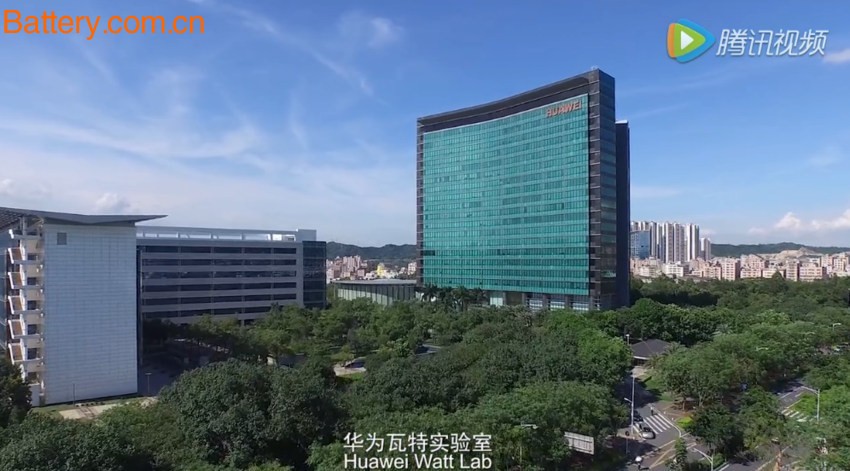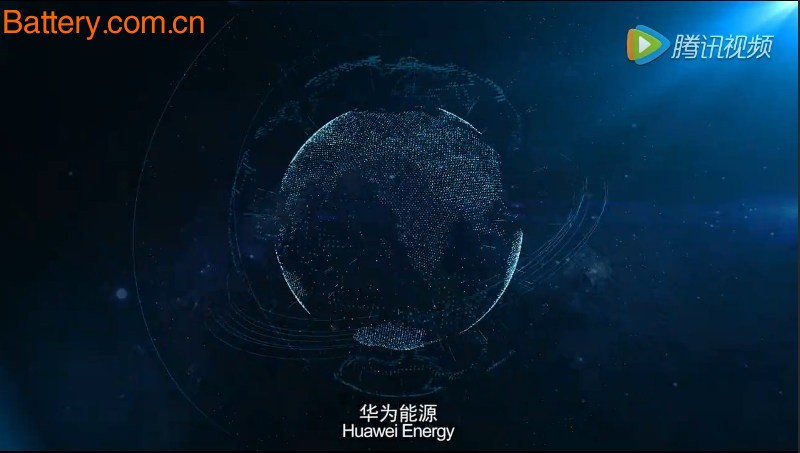Recently, Huawei has been in the limelight, not only released the acclaimed flagship mobile phone Mate 9, but also released the graphene lithium battery in the name of 'Huawei Energy' at the 57th Japan Battery Conference held recently. . The battery has won many media reports due to its high temperature resistance and long life. Huawei R&D Heart: 2012 Lab The public's understanding of Huawei often stays on Huawei's consumer electronics such as mobile phones and tablets. In particular, Huawei's mobile phone mate series and P series bring Huawei into the sequence of top Chinese companies, and face the competition between Apple and Samsung Electronics in the international market. Huawei's international competitiveness has been increasing year by year. However, behind all this, it is inseparable from the emphasis on R&D in Huawei's genes. Huawei's research and development heart is in the 2012 lab. It is a former Huawei Academia Sinica, under the jurisdiction of various types of laboratories, mainly researching communications, artificial intelligence, big data, new energy, etc., is a very cutting-edge scientific research. At this point, the 2012 lab is very similar to the Google X lab. However, Huawei has done a very strict approach to the 2012 laboratory's confidentiality measures and does not disclose its ongoing research projects. Since 2006, Huawei has invested more than 240 billion yuan in research and development, becoming the company with the highest R&D investment in China. Among them, R&D investment in 2015 was 59.6 billion yuan, accounting for 15.1% of annual sales revenue. Samsung is roughly the same as Google. Corresponding to this is Lenovo Group, which has accounted for about 2% of annual sales revenue in the past 10 years. Huawei Energy debut again High R&D investment has brought about fruitful research and development results. The release of the graphene lithium battery was led by Huawei Energy, and the research department directly under it was the Watt Lab under the 2012 laboratory. Huawei Energy not only focuses on the digital innovation of traditional energy, but also provides professional software services to enhance the operational efficiency of the traditional energy industry. Moreover, it focuses on research and development of new energy sources and applies new energy research results to the latest technology products. Last year, Huawei Energy announced an in-depth collaboration with the University of Manchester to study graphene. Graphene lithium battery is the result of research and development of Huawei Energy in the past two years. At the 56th Japan Battery Conference last year, Huawei has already exhibited its lithium battery fast charging technology. In just 5 minutes, it will charge a 3000 mAh battery to 48% of the battery, which is better than Qualcomm's Quick. Charge technology and OPPO's VOOC flash charging technology are undoubtedly more exciting. Undoubtedly, Huawei will soon apply this technology to its mobile phone products. Black Technology: Graphene Lithium Battery Compared with traditional lithium-ion batteries , the advantages of Huawei's graphene lithium battery are undoubtedly obvious. It mainly has two characteristics: high temperature resistance and long life. According to the information obtained by the fourth energy source, Huawei has greatly improved the thermal stability of the battery by adding a high-temperature anti-decomposition additive to the electrolyte and matching the large single-crystal positive electrode with high temperature stability. At the same time, by utilizing the characteristics of efficient heat dissipation of graphene, the battery temperature is reduced by 5 ° C under the same working conditions. Therefore, the graphene lithium battery can raise the upper limit temperature by 10 °C. It can be used twice as long as ordinary lithium-ion batteries at 60°C. Even in hot climates such as the Middle East and Africa, the battery life can last for more than 4 years. Graphene lithium batteries are undoubtedly a major breakthrough in the history of lithium-ion batteries. It will expand the use of lithium-ion batteries, such as the equipment that needs to work under the scorching sun, such as drones; and electric vehicles , for example, can make electric vehicles have excellent endurance performance in high temperature environments. Li Yangxing, chief scientist of Huawei Watt Lab, told the fourth energy reporter that 'the graphene lithium battery technology mainly solves three problems: first, the electrolyte is added with special additives to avoid its pyrolysis; second, the large single crystal ternary The material is used as a positive electrode to enhance thermal stability. Third, the addition of graphene enables efficient heat dissipation. ' In my opinion, Huawei's battery technology has a very large imagination: there will be promising applications in the rapid charging of mobile phones and electric vehicle batteries. Recently, Huawei officials have revealed to the media that they will launch a super fast-charge mobile phone at the end of December. Huawei’s offensive momentum has become more and more fierce. Hot Products,High Quality Hot Products,Hot Products Details, CN NINGBO MARINE OUTDOOR CO., LTD , http://www.marineoutdoors.com

